By the second week, several records were set among the 7,134 international athletes competing in the 1972 Munich Olympics. American Mark Spitz stretched his swim cap over his head, preparing to swim towards gold in the 100m final against Australian rival Michael Wenden. German Liselott Linsenhoff saddled her horse, soon to become the first female equestrian to win a gold medal. But as the light faded on the Olympic Village Sept. 5, gunshots boomed.
Looking back at history, we have a clear picture of the subsequent crisis. Eight members of the Palestinian terrorist group Black September invaded the Olympic Village that evening, killing two Israeli athletes, and eventually, nine Israeli hostages. Five terrorists and one policeman also died as the games were suspended and Olympians stood by in shock.
We know this story because of the ABC network, which was stationed across the street from the village. The coverage was not recorded by their news team, but was instead filmed by their sports team — initially staged to document Olympic wins, the athletics reporters ended up capturing a deadly assault.
Director Tim Fehlbaum’s new film “September 5,” released Jan. 9, takes viewers straight into the ABC newsroom as sports reporters witnessed the beginning of what would become a full-scale terrorist attack. The film follows a situation unfolding into a multi day chaos, telling the story of one team’s on-the-spot decision to broadcast the conflict to 900 million people.
After raving critic reviews, the movie was nominated for Best Original Screenplay at the 2025 Oscars and multiple awards at other festivals.
While the medium of a 95-minute drama film could have distorted the truth of these actual events, “September 5” provided a fresh interpretation while remaining factual. Witnessing the terrorist attacks through the eyes of reporters opened a perspective we don’t often see in the media, placing a humanized lens on the events in comparison with the objective news coverage conducted during the crisis.
Although it would seem more difficult to accurately portray a historical figure than a fictional character, the actors in “September 5” fully embodied the essence of their roles, while also underlying their creative personalities. You can feel the uncertainty in the actors’ voices and see the tension on their faces, which adds a human touch and reinforces the truth that journalism is a completely unpredictable profession, full of risk and emotion.
After viewing the film at a Los Angeles screening with the Producers Guild, I attended a Q&A with editor Hansjörg Weißbrich. I discovered from him that the score was the most inconspicuous tool in the making of the rollercoaster film. Rewatching certain scenes, I agree that composer Lorenz Dangel’s radically thrilling music creates most of the suspense and tension of the movie. Uncertain faces are accompanied by high-pitched string instruments and rapid patterns of sound, creating a sensory experience for the viewer that makes the historical situation all the more realistic.
Along with the incredible soundtrack, the movie was aesthetically pleasing, mainly due to the producers’ homage to the event. Directors went back in time during production, as editors used original footage from the games recorded by handheld cameras. The team constructed a 360-degree newsroom set using the blueprints for the original Munich newsroom, allowing for theatrical, human performance.
Lastly, the genuine performances in the film transmitted underlying messages that raise awareness for important issues today.
John Magaro, who plays the innovative and calculated Geoffrey Mason, must decide whether or not to broadcast the unfolding terrorist crisis as an outlet with working equipment. Considering the most recent technology at the time allowed television broadcasts to reach millions of people, he must wrestle with a classic question of journalistic ethics: truth versus humanity.
As tragedies continue to break out across the globe and newspapers become increasingly censored, Magaro’s character highlights the importance of reporting truth while maintaining respect for human emotion and sensitivity. The film allows people outside of the newsroom to learn about the difficulties journalists face while working toward this balance.
Leonie Benesch, an actress who plays a fictional German interpreter named Marianne, wrestles with a more historical dilemma. As more Israelis are harmed in the Village and the American reporters are shocked by Germany’s lack of preventative measures, Marianne serves as a representation of Germany’s guilt. She explains her country’s constant struggle to reach public redemption following their crimes in WWII, showcasing postwar Germany’s public mindset while raising awareness to battle Israeli hate crimes, an important theme amidst the ongoing Israel-Hamas war.
“September 5” hits all of the requirements for a well-done journalism film, from the dramatic acting to a thrilling background score, which was well executed by unique production tactics. Beyond these, though, the movie provided a fresh take on a historical event, educating young viewers about the international politics of the past and their relevance today. Hopefully, the film’s widespread influence will inspire viewers to advocate for education and action surrounding Israeli hate crimes, in 1972, and today.
September 5 (2024)
-
Cinematography
-
Historical Accuracy
-
Acting
-
Score
Summary
“September 5” (2024) has the intriguing 70’s landscape of a dramatic historical film while overlaid by the genius score of a suspenseful thriller movie. The unique acting and cinematography techniques the directors employed, from shadowing national newscasters to filming with handheld cameras, created the ultimate replicated newsroom to bring the tragic story of the 1972 Munich Olympics to life.



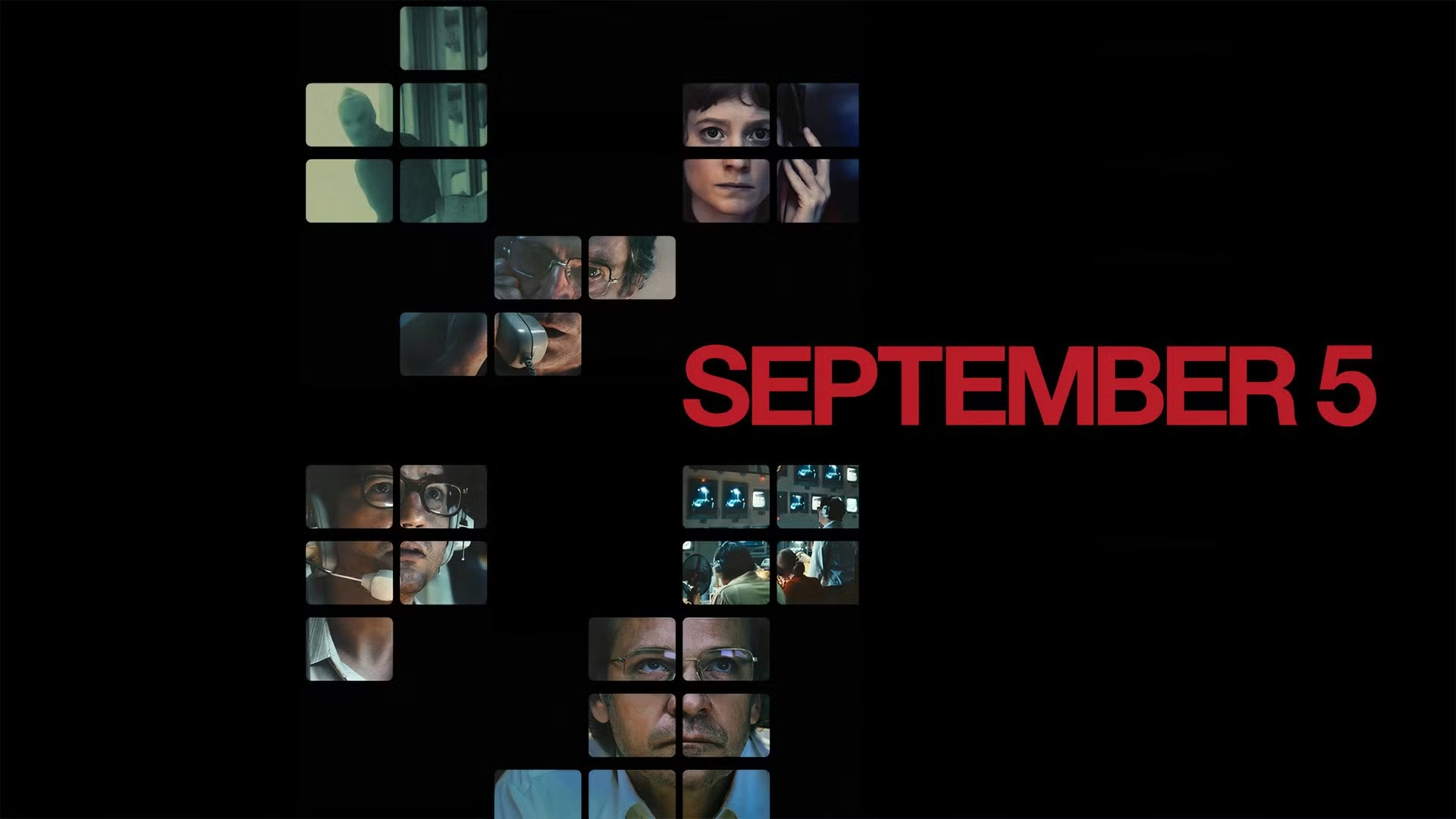
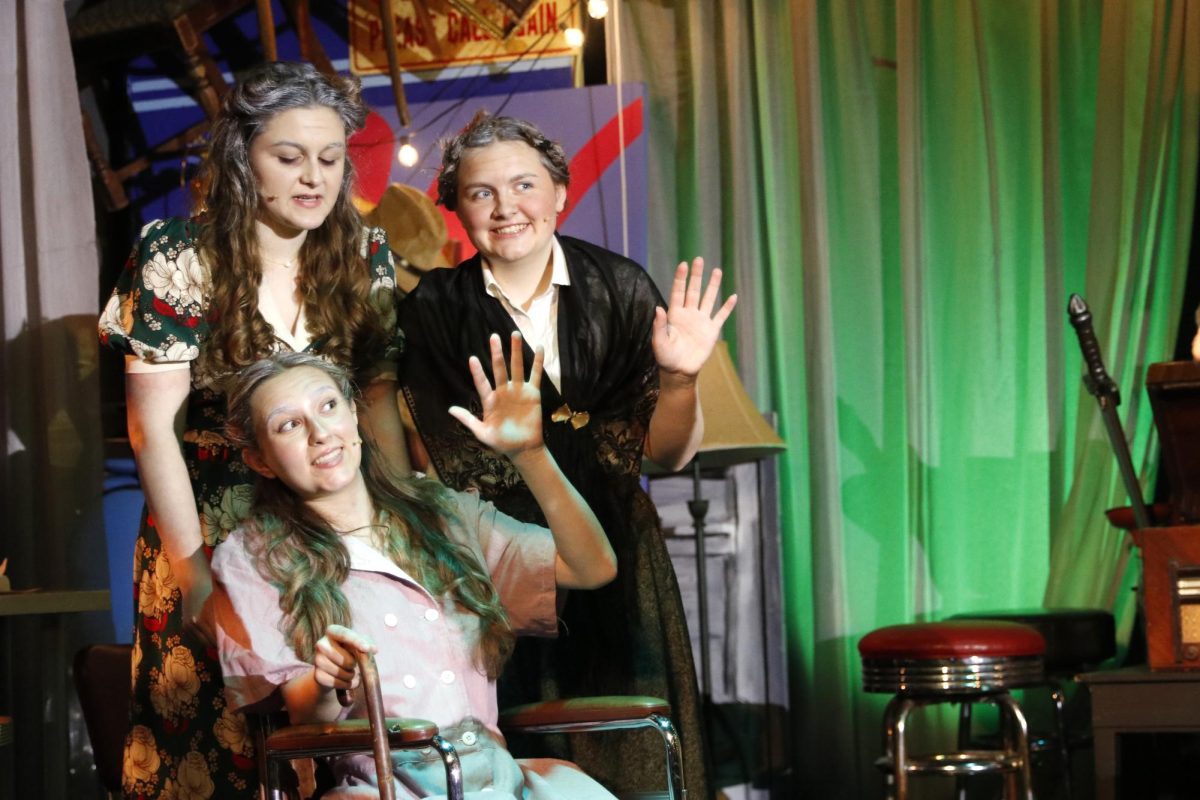

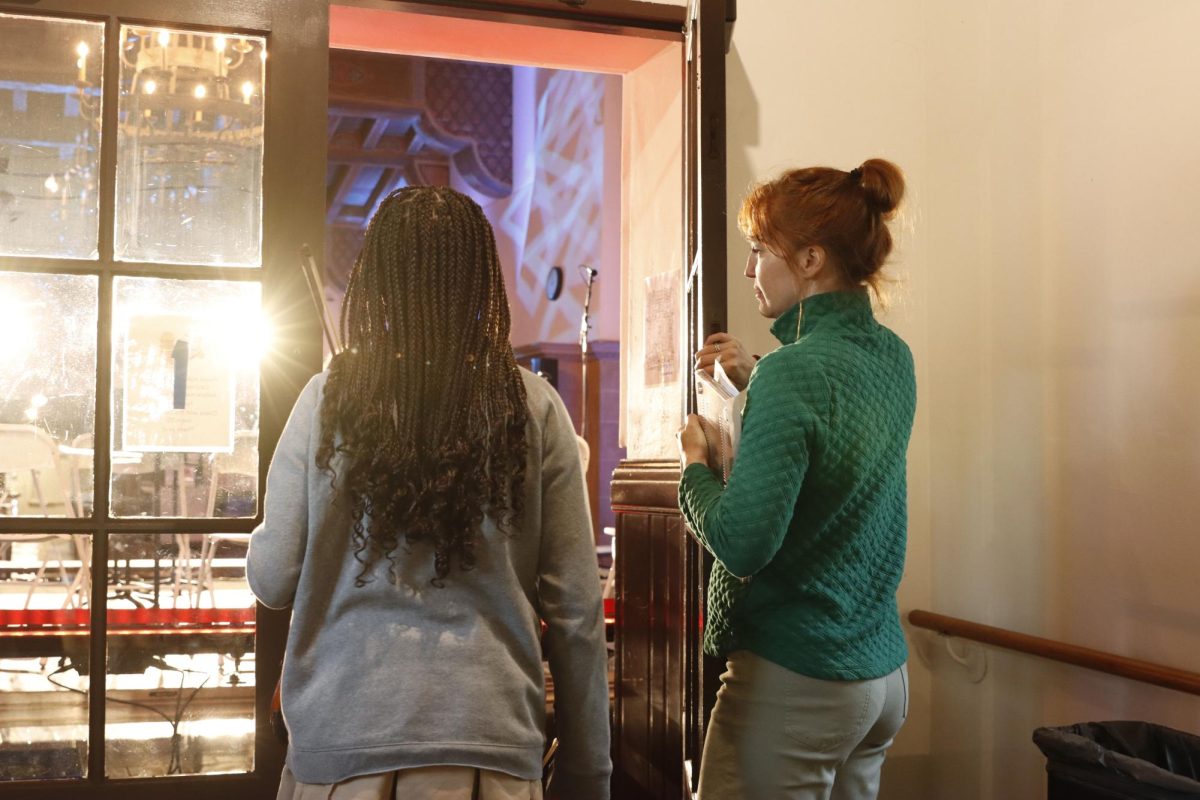

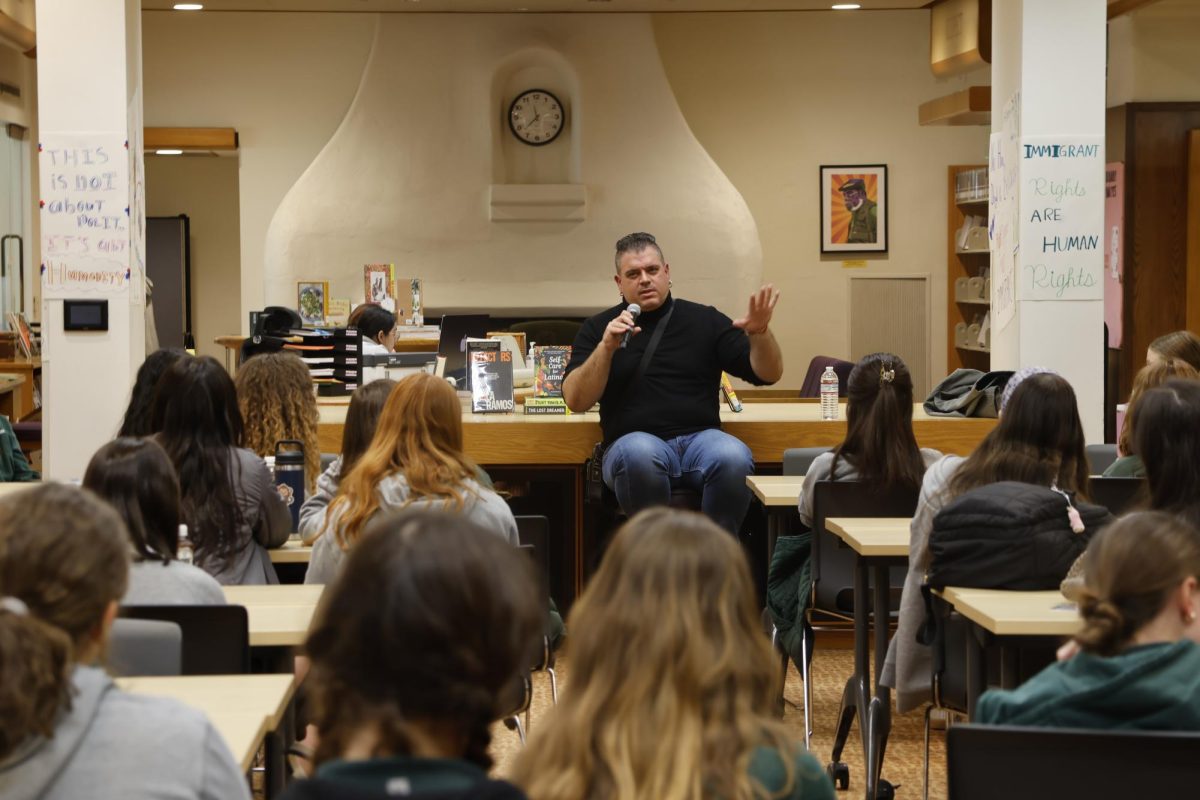
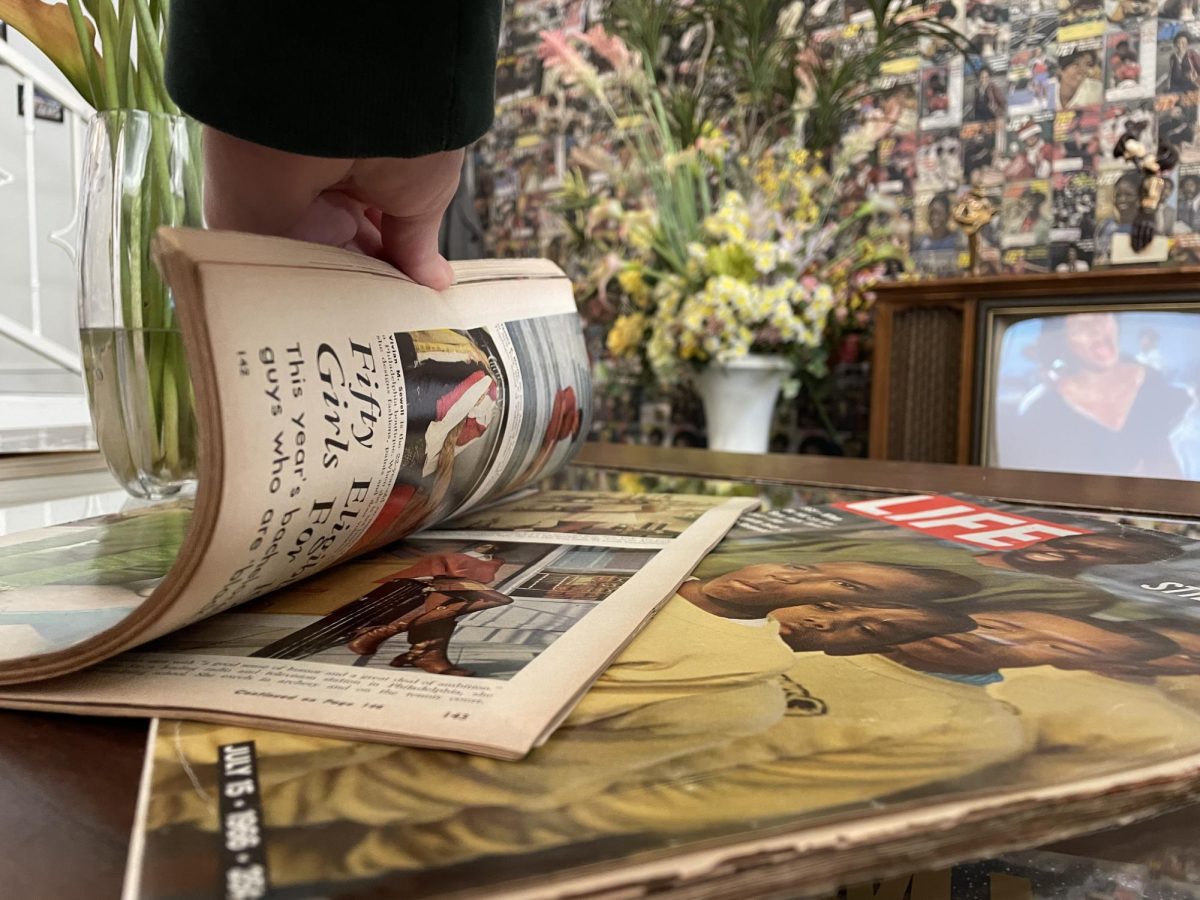

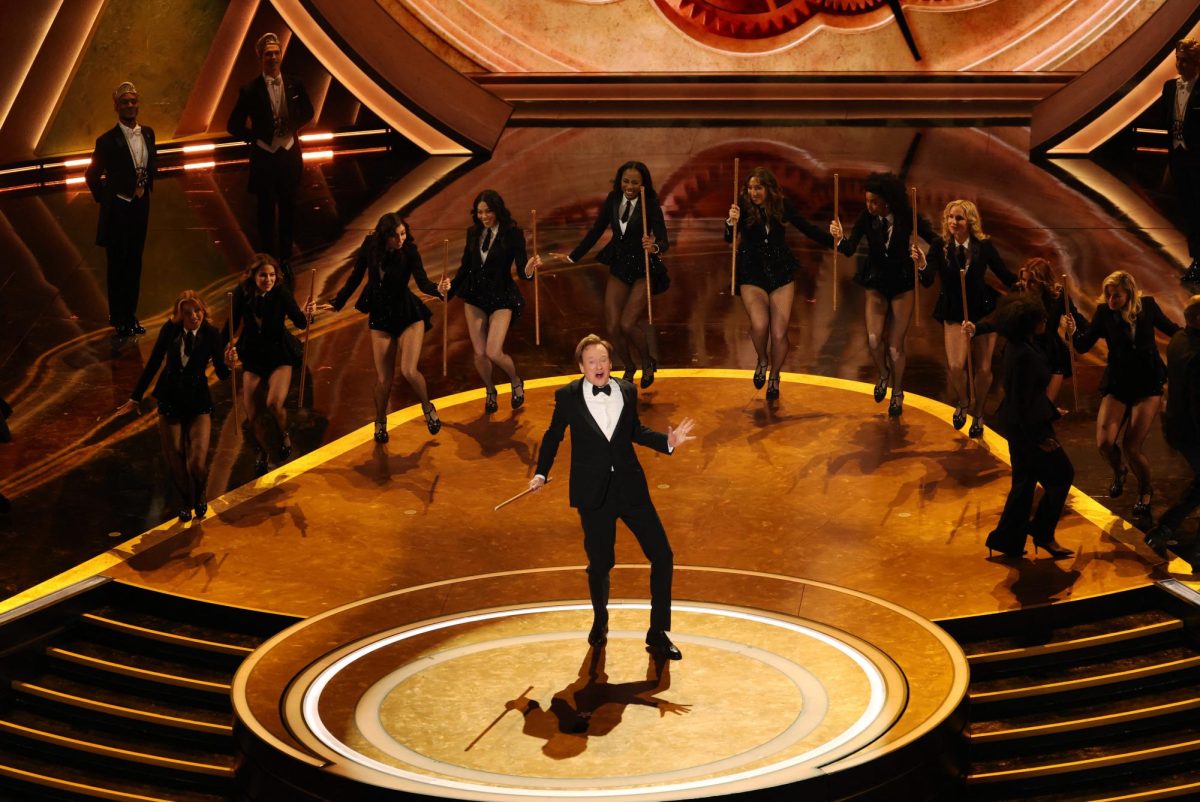
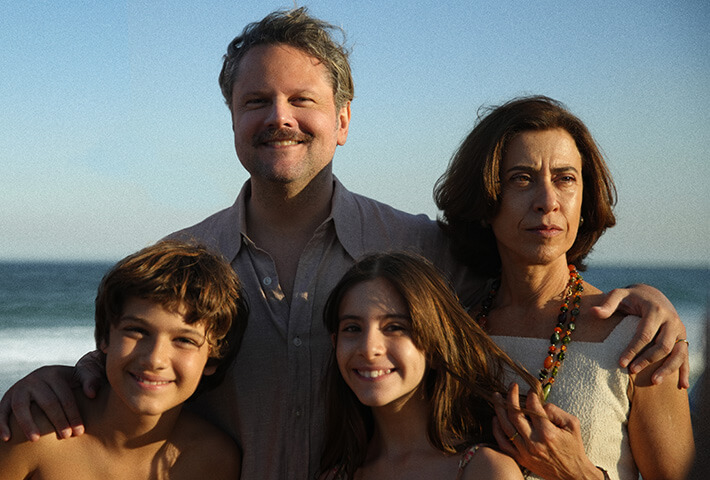
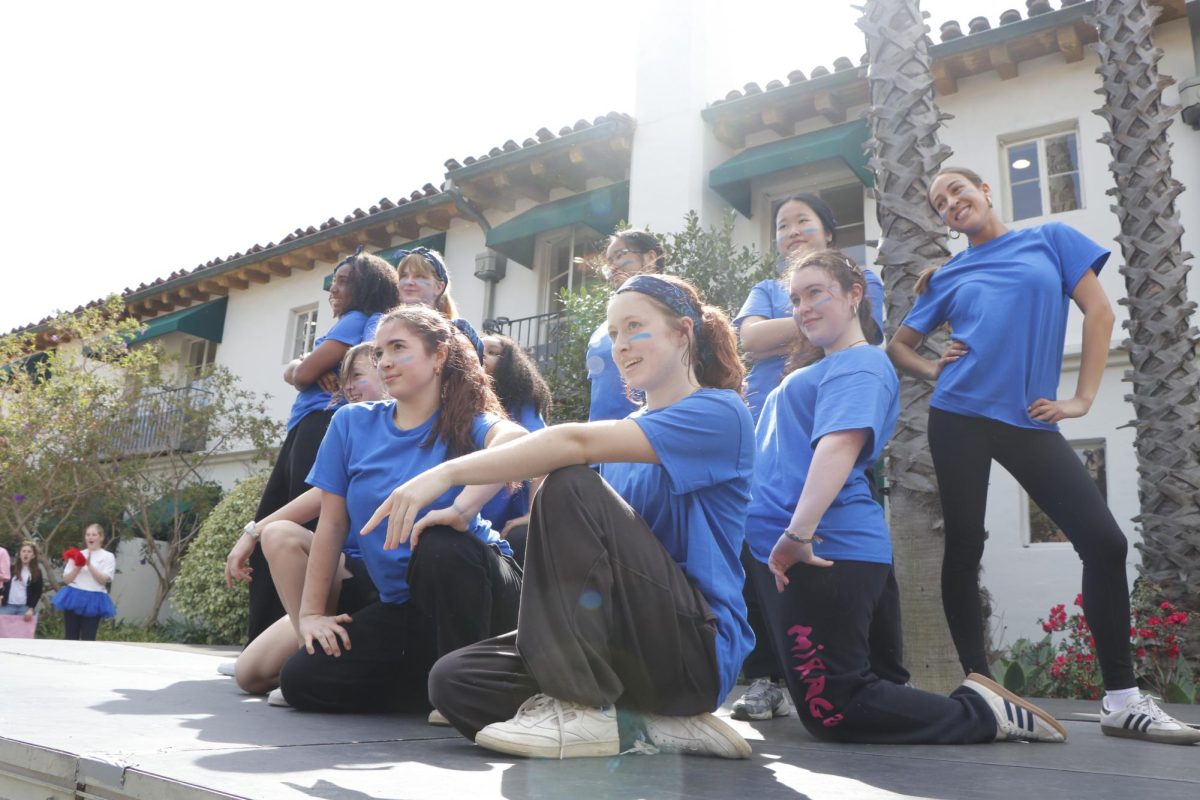

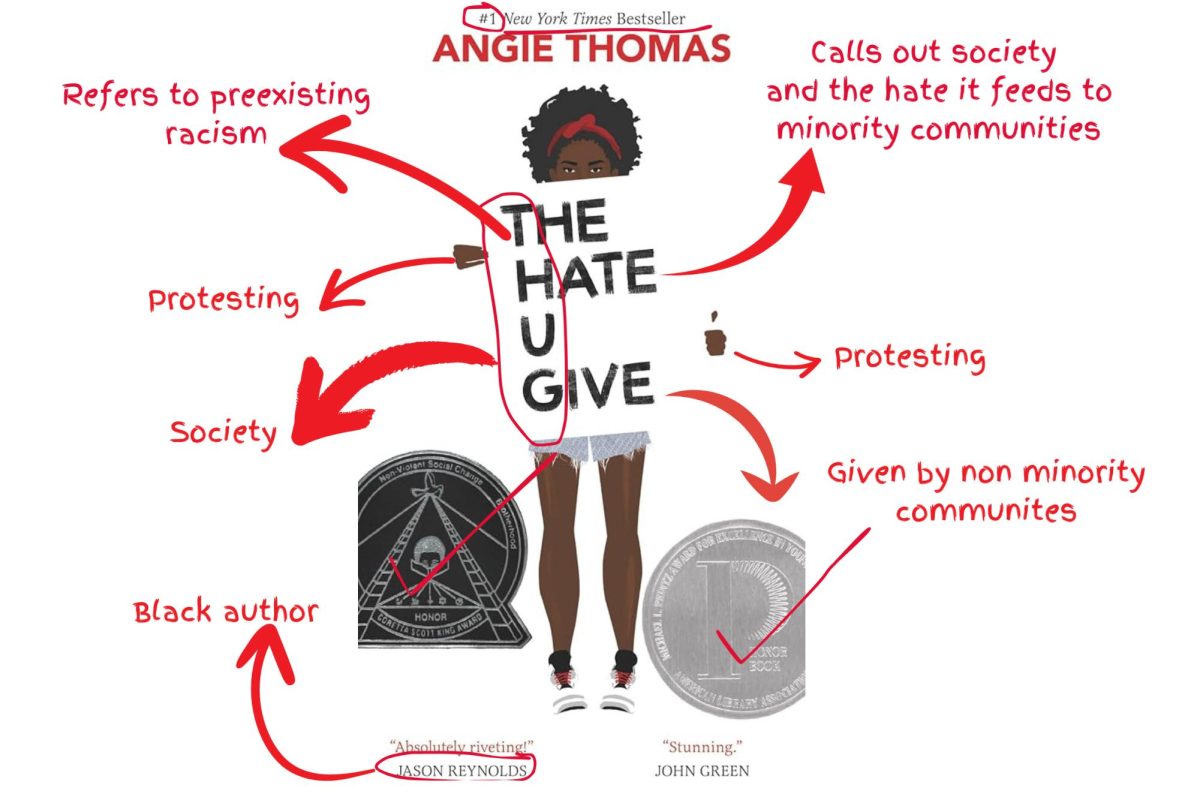

Nicole • Mar 14, 2025 at 5:48 pm
Such a thoughtful review.
Took me back to the decisions we made and feelings we had in the control room while covering 9/11.